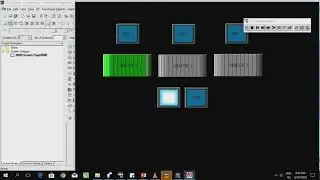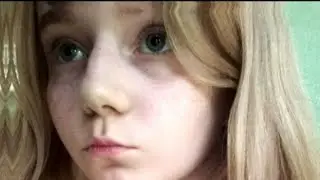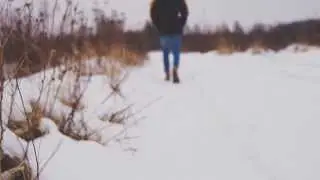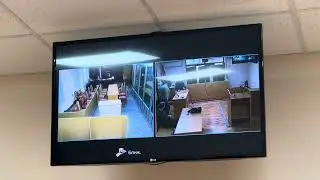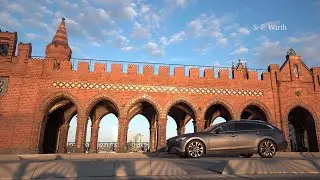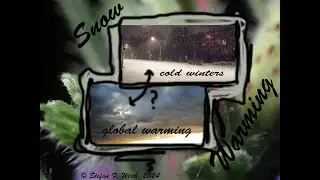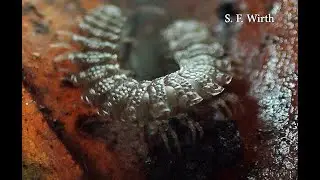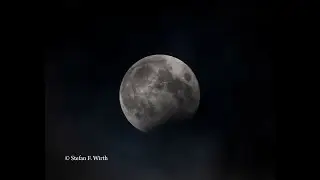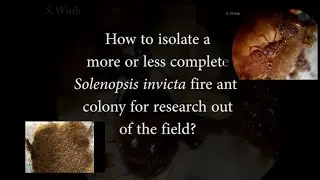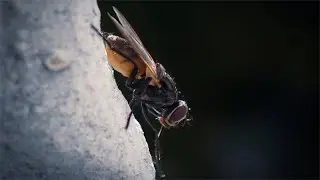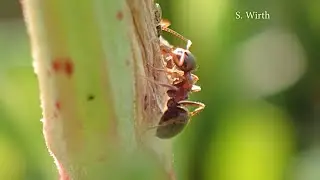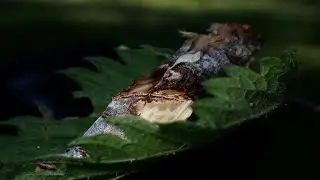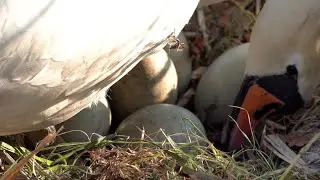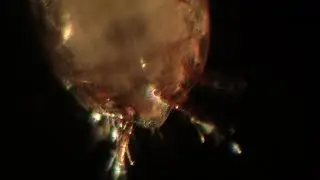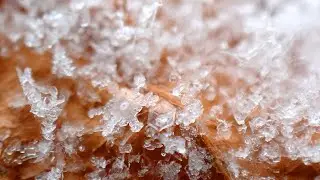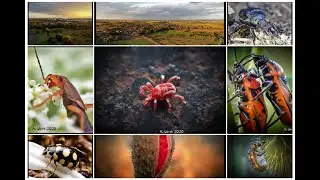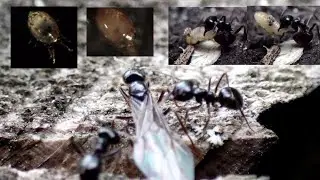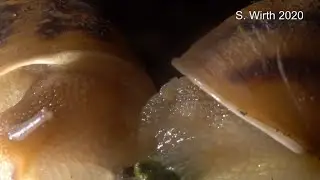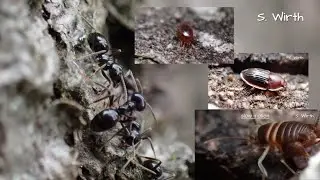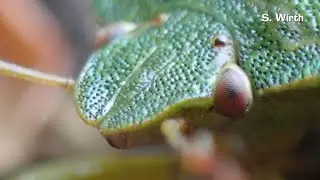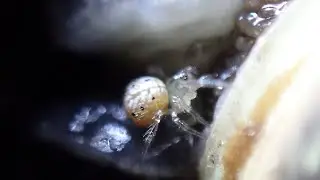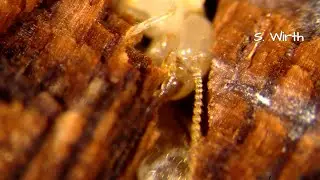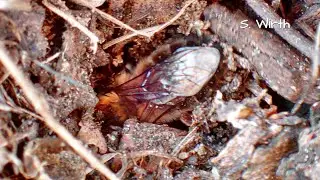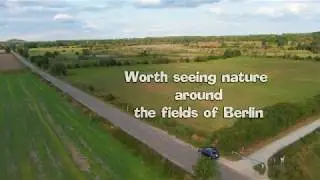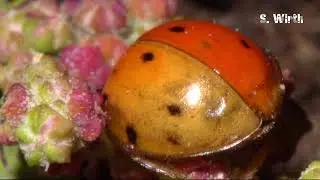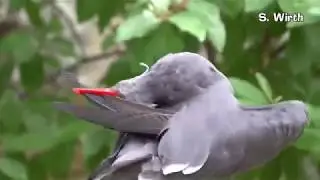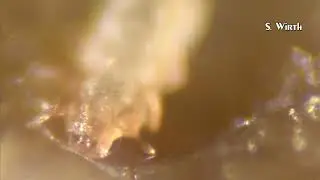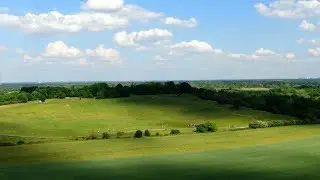Park Macro Life late Summer Berlin
Correction: true bugs in mating position at the end of the video are Oxycarenus lavaterae, originally native to the Mediterranean area, as neozoic species wandering northwards, since 2019 also known as existent in Berlin. Another invasive species of Heteroptera that can be found in urban park Rehberge in Berlin is Leptoglossus occidentalis, which is not visible in this video footage, but in the corresponding photo project in my behance portfolio "Intimacy with the tiny urban Life" and also the former project "Ants, Aphids and urban macro Life": https://www.behance.net/gallery/13187...
https://www.behance.net/gallery/12876...
When the shadows of the night begin to break through the warmth and light of the passing summer day with pointed fingers, the fire bugs seek out the still warm wood of the tree bark in order to actively maintain their body metabolism.
The fire bug is particularly gregarious, in contrast to the large number of other heteropteran species. Special glandular secretions, i.e. fragrances named aggregation pheromones, hold the group together, consisting of different stages of development. The young nymphs in particular are well protected by the presence of so many conspecifics, because the small, bright red carpet of countless bugs, which can wrap around walls or tree bark, visually signals to potential predators that everyone present is inedible.
In mid-August, summer will gradually pass its zenith. But the sun still stands high in the sky and the early evenings remain brightly lit for hours.
On the dry meadow in the middle of the urban park landscape, life romps about daisies, blueweed, sorrel and various Umbelliferae. Bumblebees and wild bees are busy with reaching the sweetest nectar and collecting golden or reddish colored powdery pollen. Mirid and various representatives of shield bugs peek out furtively between blades of grass and tiny branches of the ground vegetation, some in bright warning colors, others well camouflaged in their surrounding habitats.
A few days later a low-pressure area swirls over Berlin. The rain announces itself first through fine streaks in the summer-blue sky, which then interweave, twist around each other as if in a slow dance and swell so powerfully that their fat bodies have finally displaced all remnants of blue. Then the first drops of water fall on the dry ground, pearl off there and jump upwards and thus awaken life that has been waiting invisibly hidden somewhere in the depth for this very moment.
Heavy summer rain is important in Central Europe to preserve our vegetation and, in general, our biodiversity. And yet everything changes for a short time when the clouds break up and the forests afterwards are deep with water. Some animal species hide and those that were in summer dormancy awaken. The rain has its own diversity of life, which now enlivens the meadows and forests. In addition to numerous moisture-loving microorganisms, fungi, mites or nematodes as well as various arthropods, shell-bearing snails and slugs can suddenly be seen everywhere.
Shelled snails here in the park mostly belong to the family Helicidae. The most noticeable slugs are members of the genus Arion. In evolution, slugs of different genera and clades have emerged several times independently of one another. What they have in common is the complete or partial loss of their shells. With Arion it is only present inside the body in the form of tny lime grains.
The rain is followed by hot summer days, so that its traces after some hours can hardly be seen. But the general temperature loss can still be felt, the sandy soil is unpleasantly cool, which is why walls that have quickly absorbed the new heat from the sun are popular places to stay for animals, which want to refresh their energy needs.
The zebra jumping spider has made prey, which it holds with all its might with the help of its forelegs and chelicerae. And yet - a small distraction is enough - the trapped insect can break free.
The housefly loves the human vicinity, as it always finds food and suitable habitats for its egg deposition there around. Although its larvae develop in animal carcasses, rotten food scraps and excrement, they themselves are still clean, because functional sensory organs are essential for surviving. Therefore, the fly uses the warmth of the sun to carry out its thorough cleaning behavior.
The weeks go by and summer is gradually turning into autumn. It is September, the sun position in the afternoon has flattened out, and night is starting clearly perceptibly earlier. The acorns on the trees begin to ripen and the first leaves change their colors. The maximum daytime temperatures drop significantly. The air smells damp and earthy.
All copyrights Stefan F. Wirth, August and September 2021, I improvised the music using a virtual keyboard
Watch video Park Macro Life late Summer Berlin online, duration hours minute second in high quality that is uploaded to the channel Stefan F. Wirth 23 November 2021. Share the link to the video on social media so that your subscribers and friends will also watch this video. This video clip has been viewed 166 times and liked it 6 visitors.
